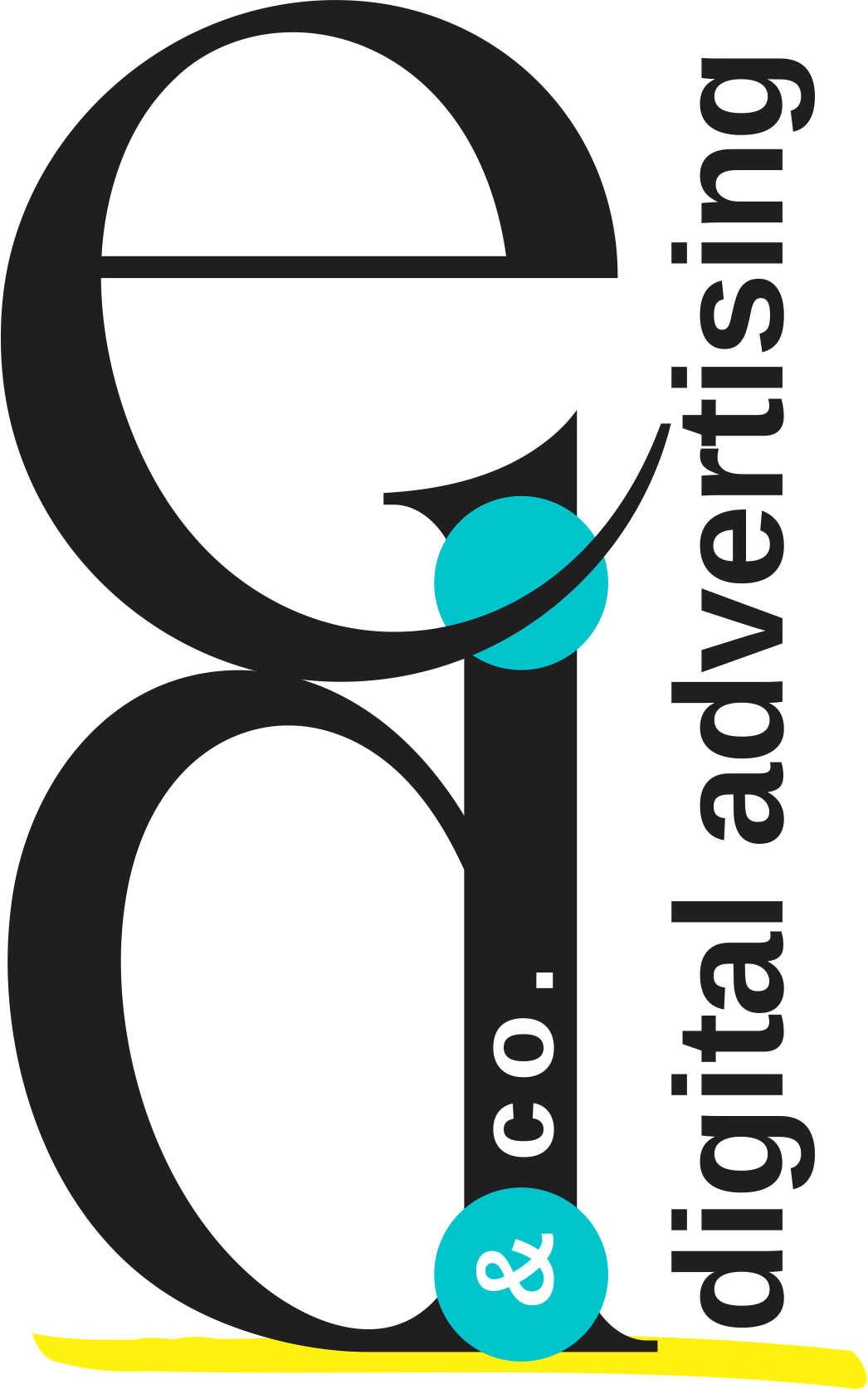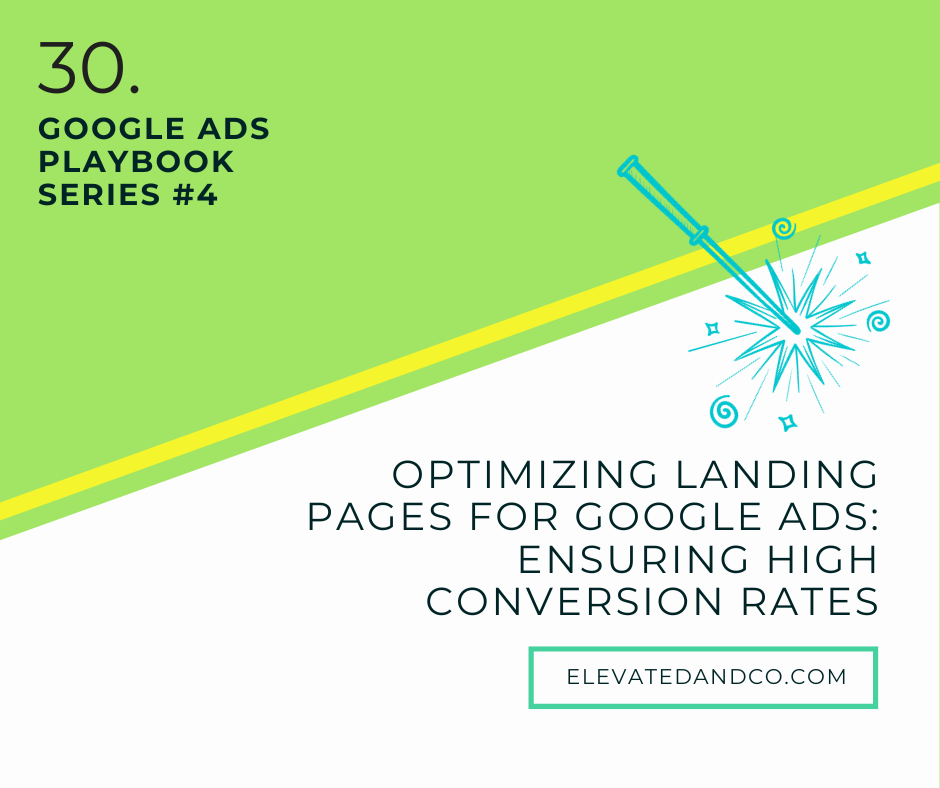
Google Ads stands out as a premier choice for businesses. One of the critical components that can make or break your Google Ads campaign is the landing page. When a potential customer clicks on your ad, their experience on the landing page can significantly influence their decision to convert.
The Role of Landing Pages in Google Ads
Your landing pages play a pivotal role in turning clicks into customers. People who interact with your ad have specific expectations based on its content. If the landing page doesn’t meet this expectation, the visitor will likely leave without taking the desired action. For instance, if your ad promises a 20% discount on shoes, the landing page should showcase shoes at a discounted price. Think of the connection between your ad and landing page as a bridge that leads a potential customer to a purchase. The more vital and relevant this connection, the higher the chances of conversion.
Optimizing for Relevance and User Experience
I: Match Your Landing Page to Your Ad and Keywords
Ensure your landing page closely aligns with your ad content and targeted keywords. If your ad encourages customers to sign up for a newsletter, the landing page should prominently feature a sign-up form.
When potential customers click on your ad, they come with expectations based on the message they’ve just interacted with. Disconnection between the ad and the landing page can lead to clarity, trust, or even a lost sale. This is why it’s paramount to ensure that your landing page mirrors the promises and themes presented in your ad.
The Power of Targeted Keywords
Beyond just the visual and thematic elements, your target keywords are crucial in this alignment. Keywords act as a bridge, connecting the user’s search intent to your ad and, subsequently, to your landing page. If your ad targets a keyword like “monthly tech newsletter sign-up,” then the landing page should focus on that offering. This ensures that the user’s journey from search to ad click and finally to the landing page is seamless and intuitive.
The Significance of Clear Calls-to-Action
Lastly, the call-to-action (CTA) is the culmination of this journey. If your ad encourages actions like signing up for a newsletter, downloading a resource, or availing of a discount, the landing page should make this action effortless. A prominently placed sign-up form or a marked download button can make all the difference. It’s not just about guiding the user to the landing page; it’s about ensuring they take the desired action once they’re there.
II: Mobile-Friendly Design
Mobile devices have become many users’ primary gateway to the online world. Whether shopping, reading news, or searching for information, many internet users prefer the convenience of their smartphones and tablets. This shift in browsing habits underscores the importance of ensuring that your landing pages are mobile-friendly and optimized for a superior mobile experience.
Optimizing for Speed and Navigation
When a user accesses a landing page via a mobile device, they first notice the loading time. In an age of instant gratification, even a few seconds of delay can lead to a potential customer abandoning the page. Beyond just loading times, the page’s navigation plays a pivotal role. A mobile-optimized landing page should have a clean layout, intuitive menus, and easily accessible information. Users should be able to find what they’re looking for without unnecessary scrolling or zooming.
Clear Calls-to-Action for the Mobile User
Lastly, a mobile landing page’s call-to-action (CTA) deserves special attention. Given the smaller real estate screen, CTAs must be clear, concise, and prominently placed. Whether it’s a sign-up button, a download link, or a contact form, ensuring these CTAs are easily clickable and stand out on the page can significantly enhance the user’s experience and increase the likelihood of conversion.
III: Easy Navigation
A user’s attention is a precious commodity. When they land on your page, they seek specific information or a solution to their needs. The ease of navigating your page can significantly influence their overall experience and decision to engage further. A user-friendly design isn’t just a nicety; it’s a necessity. It ensures that visitors can effortlessly traverse your content, finding what they’re looking for without unnecessary hurdles.
Prioritizing Key Information
One of the foundational principles of effective landing page design is the strategic placement of information. The most crucial details or offers should be immediately visible, ideally at the top or “above the fold.” This ensures that even a casual visitor who may not scroll down the page is exposed to the primary message or value proposition. Whether it’s a special discount, a sign-up form, or a new product announcement, positioning it prominently can enhance its visibility and impact.
The Perils of Overcrowding
While utilizing every inch of space on your landing page might be tempting, overcrowding can be counterproductive. Excessive ads, multiple pop-ups, or too many competing CTAs can overwhelm and frustrate the visitor. It’s essential to strike a balance. Provide the user with valuable content and clear pathways to action, but avoid bombarding them with too many elements. A clean, organized layout looks aesthetically pleasing and enhances the user’s journey, guiding them toward the desired outcome.
IV: Provide Unique and Useful Content
What truly sets a brand apart is the authenticity and value of its content. Users are savvy; they can discern between generic, templated information and content thoughtfully crafted to address their needs and concerns. By providing unique content on your landing page, you’re not just sharing information; you’re building a narrative that resonates with your audience and showcases the genuine value of your offerings.
Diving Deep into Product Insights
When potential customers land on your page, they look for more than surface-level details. They want to understand what sets your product or service apart. This is where detailed product descriptions, a list of tangible benefits, and real-world applications come into play. By delving into the intricacies of what you offer, you’re equipping the user with the knowledge they need to make an informed decision. Whether it’s the innovative features of a product, its sustainability credentials, or how it addresses specific pain points, highlighting these details can significantly enhance user engagement.
Leveraging Customer Testimonials and Reviews
There’s a reason why customer reviews and testimonials are a staple on many landing pages: they work. In a world where trust is paramount, hearing from real customers who’ve benefited from a product or service can be incredibly persuasive. Authentic reviews provide social proof, showcasing the real-world impact of what you’re offering. They offer a glimpse into previous customers’ experiences, adding a layer of credibility and trustworthiness to your brand. By integrating genuine customer feedback into your landing page, you’re not just showcasing your product’s benefits but letting satisfied customers do the talking for you.
V: Highlight Special Offers
In the competitive world of online marketing, standing out is essential. Special offers and promotions serve as powerful magnets, drawing potential customers to your brand with the promise of added value. Whether it’s a limited-time discount, a buy-one-get-one-free deal, or exclusive access to a new product, these offers create a sense of urgency and exclusivity. They signal to the visitor that there is value in what you’re offering and a unique opportunity at hand that should be noticed.
Strategic Placement for Maximum Impact
However, more than a special offer is needed; its presentation matters immensely. The placement of your promotion on the landing page can significantly influence its visibility and, by extension, its effectiveness. Ideally, it should be one of the first things visitors see, capturing their attention and piquing their interest. Whether it’s a vibrant banner at the top of the page, a highlighted section in the middle, or an eye-catching pop-up, ensuring that your offer is prominently displayed is crucial. This strategic placement reinforces the message from your ad and guides the visitor’s journey, leading them toward the desired action.
Reinforcing the Value Proposition
Special offers do more than present a deal; they amplify your brand’s value proposition. You’re underscoring the value you bring by highlighting the added benefits a customer stands to gain. It’s a tangible demonstration of your commitment to providing exceptional value, and it serves as an added incentive for the visitor to engage, explore, and, ultimately, convert. While the offer might be temporary, the impression it leaves can have lasting effects on brand perception and loyalty.
In conclusion, while Google Ads offers a powerful platform for reaching potential customers, the success of your campaigns heavily relies on the effectiveness of your landing pages. By ensuring relevance, optimizing for user experience, and providing valuable content, you can significantly boost your conversion rates and get the most out of your advertising spend.
Source: Google Ads Support

